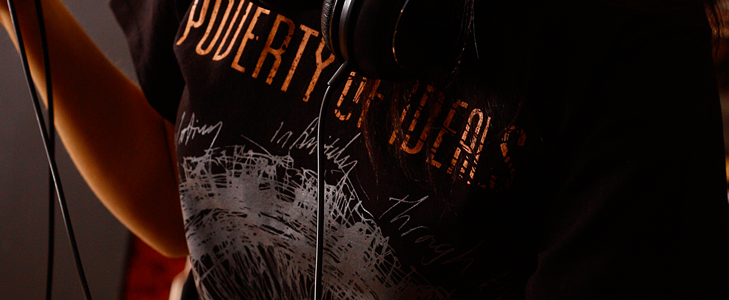
Printing your design, name, logo, or other things onto your t-shirts, or other clothing, can get expensive. But fear not! We have some handy tips that will help you save money, but still get the environmental and ethical standards that you want, and make your t-shirts (and you) look great.
Reduce Your Print Areas
Reducing the size, or the number of different print areas that you have will help to reduce the cost. Each print area requires a separate set of ink/transfer material. It also requires more input from a human, setting up each print area separately is more time consuming that a single print area that is larger.
Reduce Your Colours
This isn’t always relevant, but it’s a good rule to bear in mind. The number of colours in a screen print will increase the amount of ink that is used, and will increase the amount of screens that are required.
More Screens = More Human Input = More Cost
With digital transfers and DTG printing, you can have as many colours as you like without increasing the cost. However, they may not be the most efficient print methods on large quantities, as economies of scale can be achieved from screen printing.
Keep It Simple
There is a lot to be said about simplicity, in many things in life: less is more. And that is the same with printing t-shirts. If you have simple artwork, it is likely that you can use a simple print method like vinyl transfer. Vinyl transfer requires single colour artwork, with no intricacies, but in return is generally the cheapest print method available.
Need help in reducing your costs of your printed clothing?
Our dedicated team are able to advise you on the best way to get the best value printed t-shirts. If you would like to discuss it with them, you can get in touch here. Alternatively, you can call us on 01244 456 110.
You can also read about the A.M. Price Match Promise, our promise to match any genuine like for like quotation.

